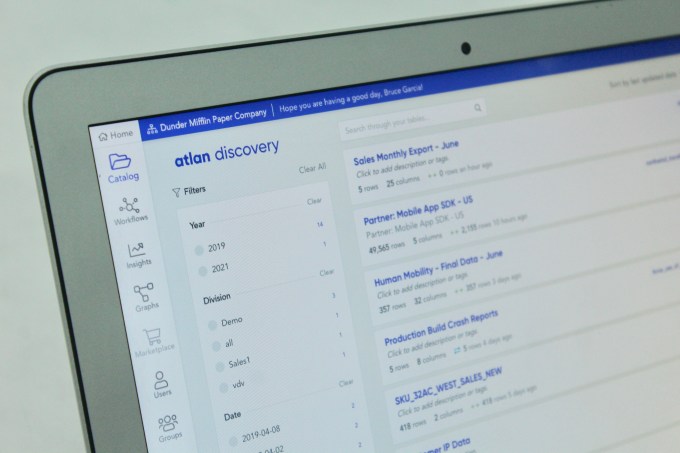Samsung Venture, the investment arm of the South Korean technology giant, has invested $8.5 million in Indus OS and three other Indian startups as the company’s VC fund begins its journey in the country.
Indus OS is a popular Android fork that has built a suite of localized applications focused on serving the masses in India. Samsung and Venturest funded the four-year-old startup’s $5.75 million Series B round.
Several smartphone vendors, including homegrown firms such as Micromax, Gioness, Intex, and Karbonn are customers of Indus OS, integrating many of its features into their handsets. Earlier this year, Samsung partnered with Indus OS to revamp its Galaxy App Store.
Rakesh Deshmukh, co-founder and CEO of Indus OS, told TechCrunch in an interview that the startup will use the fresh capital to develop more local solutions and build a software development kit for developers that will enable them to make tweaks to their existing apps and add India-specific features.
Deshmukh said Indus OS, which makes money from monetizing ads, would soon partner with more smartphone vendors to expand its reach in the country. This is crucial to the startup as Indian smartphone vendors, which once controlled the local smartphone market, have lost the smartphone war to Chinese vendors, that now control two-thirds of the space, and Samsung.
The other challenge is of course the rise of KaiOS, which has gained popularity in recent years after striking a deal with Indian telecom operator Reliance Jio. Tens of millions of JioPhone feature handsets today run KaiOS, giving many people fewer reasons to upgrade to a smartphone.
Deshmukh said he does not see KaiOS as a competitor. “It serves as a bridge. It is convincing many people to get online and try a multimedia phone for the first time. They will eventually upgrade to a better experience,” he said.
Indian newspaper Economic Times reported earlier today that Samsung now owns about 20% stakes of Indus OS. Representatives of the startup, which raised $10 million in three tranches of Series A three years ago, refuted the claim. Deshmukh said the company plans to raise more money in the coming future.
Other than Indus OS, Samsung Venture has invested in Gnani.ai, a startup that focuses on speech technology, and an IoT solutions provider Silvan Innovation Labs. The venture arm said it has also invested in an early stage startup that focuses on computer vision, but declined to name it.
Samsung Venture, which has over $2.2 billion in assets under management, said it continues to tract and actively invest in future-oriented businesses that are built on new technologies.
India’s tech startups have raised more than $20 billion in the last two years. The country’s burgeoning ecosystem is increasingly attracting major VC firms in the nation. SoftBank and Tiger Global, two large global VC funds, count India as one of their biggest markets.
In recent years, Google, Microsoft, Amazon, and Facebook have also begun to infuse money in India’s startup space. Google has invested in delivery startup Dunzo, while Amazon has taken stake in more than half a dozen local companies including Shuttl. Facebook invested in social commerce app Meesho last month.
Earlier this year, Microsoft said it was expanding its M12 corporate venture fund (formerly known as Microsoft Ventures) to India. M12 has invested in Innovaccer, a six-year-old SaaS startup.

 Transparency works by way of a unique code — which looks a bit like a “T” — printed on each manufactured unit. When a customer orders the product, Amazon scans the code to verify that the product it’s shipping is legit. Customers can also scan the code after receiving the item to verify authenticity. Other details that are encoded in the T are manufacturing date, manufacturing place, and other product information like ingredients.
Transparency works by way of a unique code — which looks a bit like a “T” — printed on each manufactured unit. When a customer orders the product, Amazon scans the code to verify that the product it’s shipping is legit. Customers can also scan the code after receiving the item to verify authenticity. Other details that are encoded in the T are manufacturing date, manufacturing place, and other product information like ingredients.

